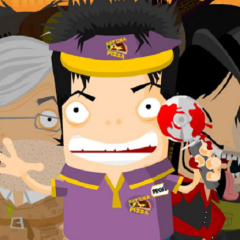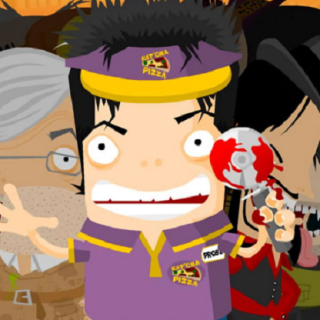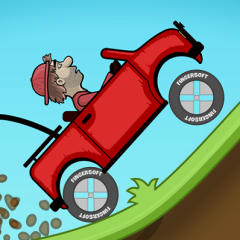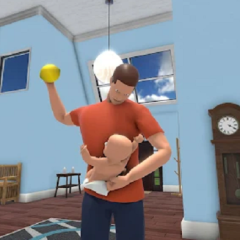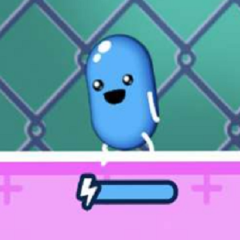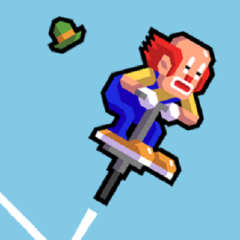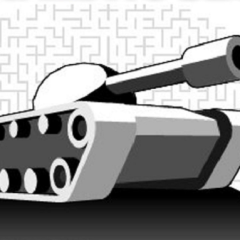Amateur Surgeon is a surgery simulation game where players take on the role of an unconventional medical practitioner performing operations with improvised tools. The main objective is to diagnose the patient’s condition, carry out the required surgical procedures, and ensure recovery. Each operation involves several steps, from cleaning wounds and making incisions to repairing damage and closing up the patient. The game challenges players to manage their time effectively while maintaining the patient’s health within safe limits.
Gameplay Process
Each level presents a new patient with specific medical issues that need attention. Players use a range of tools, many of which are not traditional medical instruments, to complete the operation. These tools must be applied in the correct order to achieve success. Precision is important, as using a tool incorrectly can harm the patient and reduce the available time. Some procedures require quick actions, while others demand careful, step-by-step execution to avoid complications during surgery.
Main Features
The gameplay is built around several key elements:
· Multiple patients with unique medical problems
· Use of unconventional tools for surgical tasks
· Timed operations requiring quick decisions
· Health and time management during each procedure
· Increasing complexity of operations as levels progress
Progression And Difficulty
As players advance, surgeries become more complex, requiring faster responses and better planning. Patients may present with multiple injuries that need to be addressed in sequence, often under stricter time constraints. The combination of different tools and procedures forces players to adapt their approach to each case. Success in later levels often depends on remembering the correct order of actions and applying them efficiently without mistakes.
The structure of Amateur Surgeon encourages repeated play as players work to improve their performance and complete more challenging operations. Each successful surgery adds to the sense of progression and opens access to more difficult cases. The balance between time pressure, tool management, and patient health creates an engaging challenge that continues to develop with each new patient.

